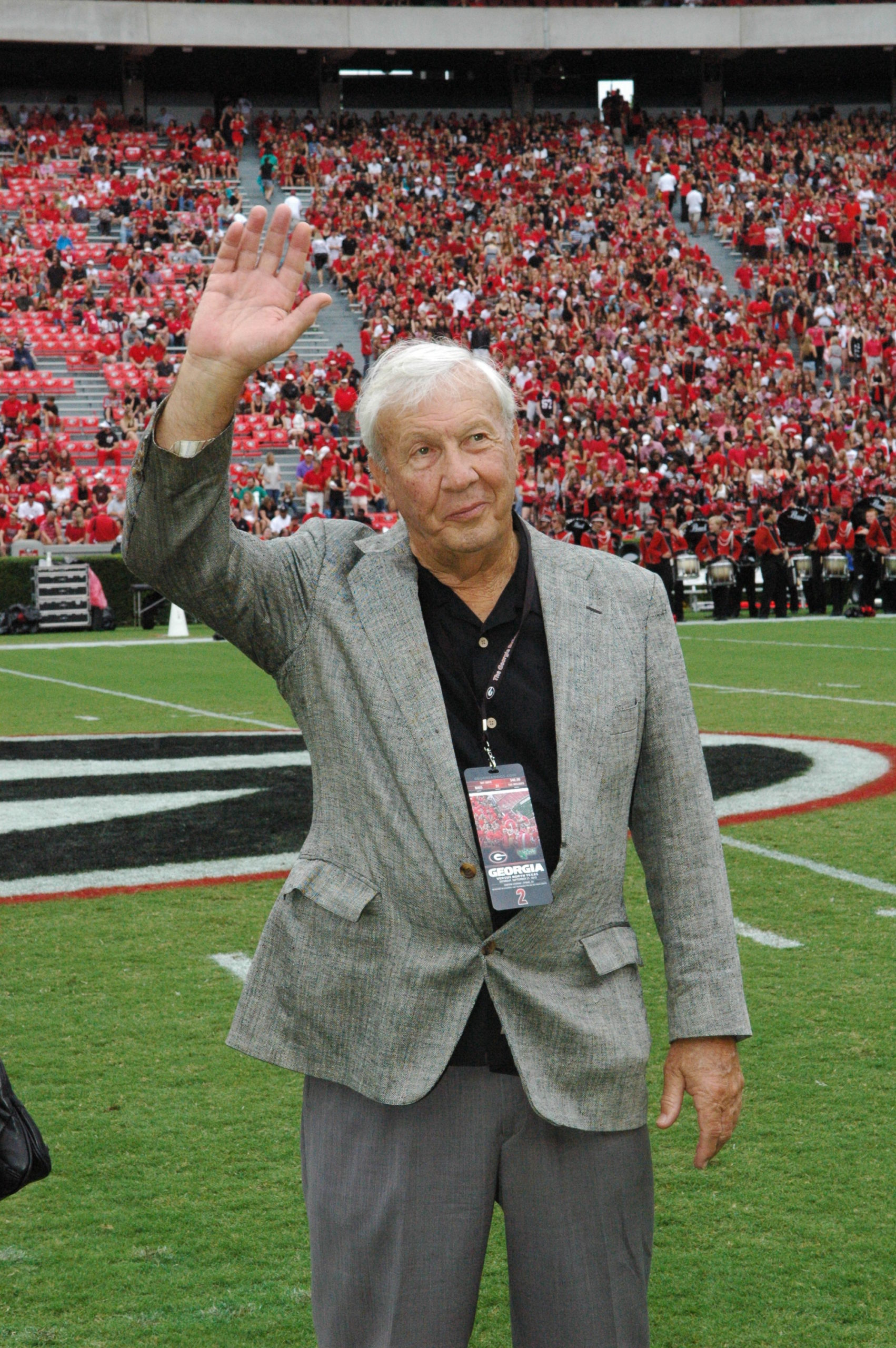
A journey over to Auburn always brings about reflections of times spent with Pat Dye on his farm near Notasulga, Alabama, which is a little less than 13 miles from the campus where he spent almost a dozen years as head football coach and athletic director.
After that, he was something of a goodwill ambassador and fund raiser for the school and was forever a popular icon in the community. He won four SEC championships during his decade as a mover and shaker at Auburn.
That endeared him to the War Eagle community, but a couple of decisions he made as athletic director were perhaps more significant—one for certain: He forced the Iron Bowl game out of Birmingham to the campuses at Tuscaloosa and Auburn.
Playing that regular season ending game in Birmingham should have been a slam dunk in that you would think that there are as many Auburn alumni and fans in the city as Alabama aficionados.
Pat didn’t feel good about the game being played at Legion Field all those years, however. He believed the business and government hierarchy in Birmingham favored Alabama, but his big motivation was that he wanted the merchants and businessmen of Auburn to have the financial largesse that came with a home and home arrangement in alternate years. Moreover, there was that pride of playing the biggest game of the year at home.
One chilly November Day, I drove over to Notasulga to spend an afternoon with Pat whom I knew dating back to his playing days under Wallace Butts at Georgia.
He took me on a tour of his farm, acreage which he treasured deeply. As the mud, resulting from recent rains, flew in my direction as we rambled over hill and dale, he pontificated as he often would do when time was not of essence.
He had keen insights and was a man of common-sense judgment. He was never reluctant to “tell it like it is.” After articulating his objective to force the Iron Bowl game to go home and home, he said: “It was one of my proudest moments to move that game because it meant so much to the Auburn people.
“You won’t believe the letters I got from retired schoolteachers and working-class people, who loved Auburn. They thanked me over and over for standing up to Alabama.”
Then he began to lecture me as he often did with a good friend. He pointed his finger at me and spoke candidly, “You know it means nothing to me, but I want you to know y’all (meaning the University of Georgia), are the biggest damn fools there is to be playing that Florida game in Jacksonville.”
He had recently been inducted into the Georgia-Florida Hall of Fame and spent a weekend in Jacksonville which gave him a close look at how the city hosted this big game. He did not see it as a neutral site. He saw it as a big game in a Florida city, which had inherent plusses for the Gators.
“Why don’t you all think about the merchants in Athens? Why don’t you think about the businesspeople in Athens just as Florida ought to think about the businesses in Gainesville? Why let the city of Jacksonville get all that revenue? That’s why I wanted to move the Auburn-Alabama game to a home and home format.”
With the game going home and home, something else developed. While Jordan-Hare was already established as a difficult place to play, things intensified. It was tough on all opponents, but it ramped up considerably when Alabama came to town. And also Georgia.
“You know,” Pat said at the end of the day, “you don’t let the critics get to you, but when you can help your own alumni and fan base, you are crazy not to do that. When I am feeling low and get a little depressed, I get out those letters and reread some of them. It makes my day.
“I felt so good making the Auburn people smile. Like they wrote, they appreciated me standing up to Alabama. I never made a more popular decision as the Auburn athletic director than that one.”
On that mud dodging ride, he reminisced without pause. I didn’t make a single note, but there were some indelible quotes and stories that were colorful and insightful—which is what you get from a seasoned and resourceful raconteur.
Bear Bryant, whom he worked for as an assistant and admired greatly, was shocked that Dye would take the Auburn job and called him. The Bear said, “I thought I raised you better than this.”
When they met as rival coaches for the first time, Bryant gave Dye a big, fatherly, “Bear” hug. Pat told his former boss, “Don’t come over here hugging on me cause we ain’t scared of you.” Bryant said, “I know it and that is what worries me.” Bryant won the first game against his former assistant, but Dye got even with the Bear in his last year at Alabama, defeating the Tide in 1982 in a thriller, 23-22.
Bryant saw the handwriting on the wall. He knew he could not physically keep up with his younger friend, now adversary. He retired and died less than a month following the Liberty ’82 Bowl.
In the long history of the Southeastern Conference, no coach has had a greater impact on a school in the space of a decade than Pat Dye did at Auburn.
